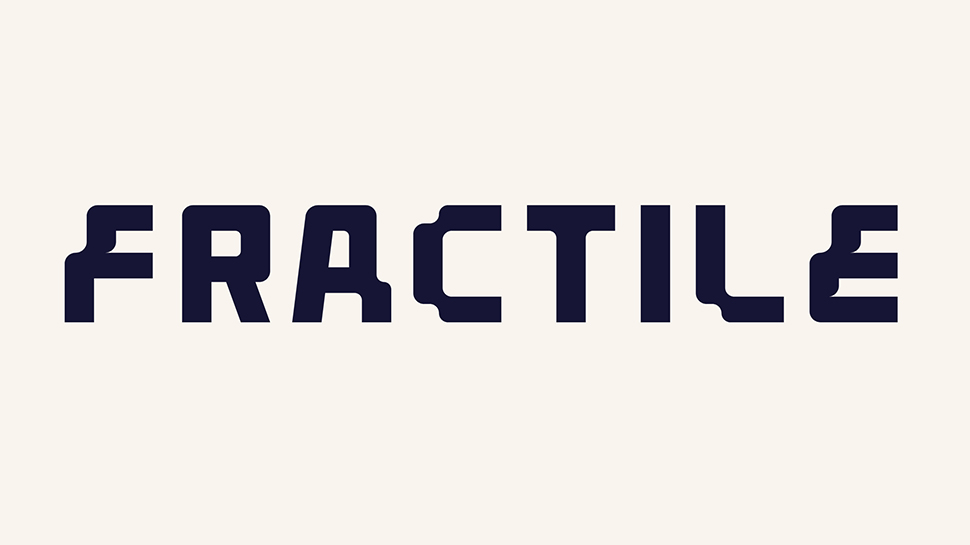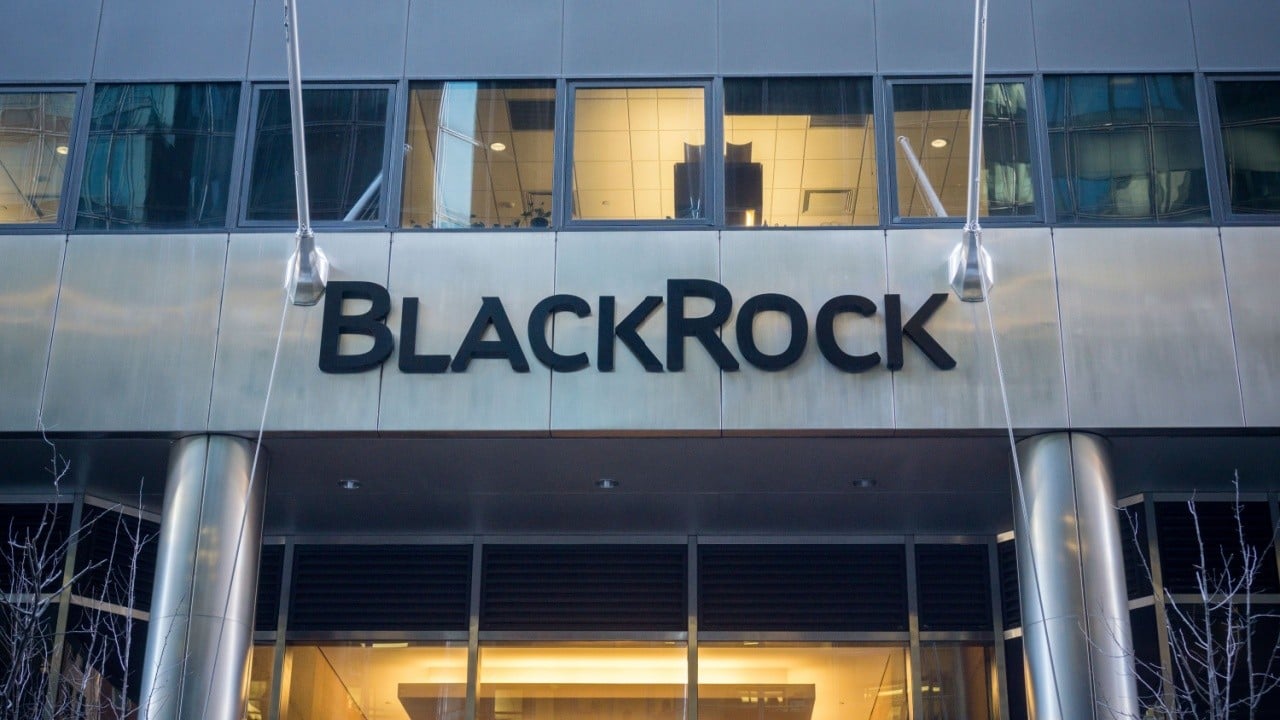The Ultimate Guide to Software Asset Management (SAM) for Businesses
Introduction to Software Asset Management (SAM) In today’s fast-paced digital landscape, software solutions have become indispensable for streamlining operations and enhancing productivity. However, inefficient software asset management can lead to compliance risks, increased costs, and operational inefficiencies. To mitigate these challenges, organizations implement Software Asset Management (SAM), a structured and strategic approach to managing, controlling, and optimizing software investments. SAM ensures organizations maximize their software assets while adhering to licensing agreements, identifying potential risks, and managing costs effectively. By integrating SAM into their IT strategy, businesses can enhance efficiency, ensure compliance, and streamline software procurement, deployment, and usage. Key Components of Software Asset Management SAM is a comprehensive approach that strengthens business efficiency and security. Below are its core elements: 1. Software Inventory & Discovery A well-maintained and updated inventory of software applications is essential for effective SAM. This process includes: Discovery & Identification: Detecting all software assets, including on-premise, cloud-based, and shadow IT applications. Cataloging Software Versions: Ensuring the organization is using the correct and latest software versions. Eliminating Redundant Software: Identifying unused or duplicate software to optimize resources. 2. License Management & Compliance Every software product comes with licensing agreements that dictate its use. Ensuring compliance prevents legal penalties and operational disruptions. This includes: Tracking License Status: Monitoring active and inactive software licenses to avoid over-licensing or under-licensing. Vendor Management: Keeping accurate records of licensing agreements to prevent fines and ensure timely renewals. 3. Cost Optimization & Budgeting SAM helps organizations control software expenses by ensuring they only pay for what they use. This involves: Monitoring Usage: Identifying underutilized software that can be discontinued. Optimizing Subscriptions: Adjusting SaaS and cloud-based software subscriptions based on actual usage. Negotiating Better Prices: Using software usage insights to secure better deals with vendors. 4. Vendor & Contract Management Strong vendor relationships are crucial for securing favorable licensing agreements and support services. Effective vendor management includes: Evaluating Vendor Performance: Assessing software vendors based on reliability, support quality, and pricing. Contract Reviews: Understanding terms and conditions to maximize software investment value. Tracking Renewal Deadlines: Preventing unnecessary expenses due to expired contracts. 5. Security & Risk Management Unauthorized software installations and outdated applications pose significant security risks. SAM helps mitigate these threats by: Implementing Patch Management: Keeping software updated with security patches. Removing Unauthorized Software: Preventing employees from installing unapproved applications. Ensuring Compliance with Data Protection Regulations: Adhering to standards such as GDPR, HIPAA, and ISO. Incident Response Planning: Identifying potential risks and creating action plans to address them. Benefits of Software Asset Management (SAM) 1. Cost Savings SAM optimizes software expenses by: Eliminating Redundancy: Preventing organizations from paying for unused software. Optimizing Licensing: Ensuring licenses are allocated efficiently. Securing Better Deals: Leveraging data insights to negotiate bulk purchases and flexible contracts. 2. Compliance & Audit Readiness SAM helps organizations stay compliant by: Tracking Licensing Agreements: Preventing violations that could lead to penalties. Maintaining Proper Documentation: Ensuring all licenses are recorded, up-to-date, and easily accessible. Minimizing Audit Risks: Providing accurate reports to avoid penalties and unexpected costs. 3. Improved Efficiency & Productivity A well-implemented SAM strategy enhances efficiency by: Automating Software Management: Reducing manual tracking efforts for IT teams. Minimizing Downtime: Ensuring software is properly licensed and managed. Enhancing Visibility: Providing insights into software usage for better resource allocation. 4. Strengthened Security SAM enhances security by: Eliminating Unauthorized Software: Preventing security vulnerabilities. Managing Updates: Ensuring timely software patches and upgrades. Reducing Cybersecurity Risks: Keeping business-critical data protected. 5. Better Vendor Relationships Organizations benefit from improved vendor interactions through: Data-Driven Negotiations: Leveraging software usage data to negotiate better contracts. Enhanced Support & Service
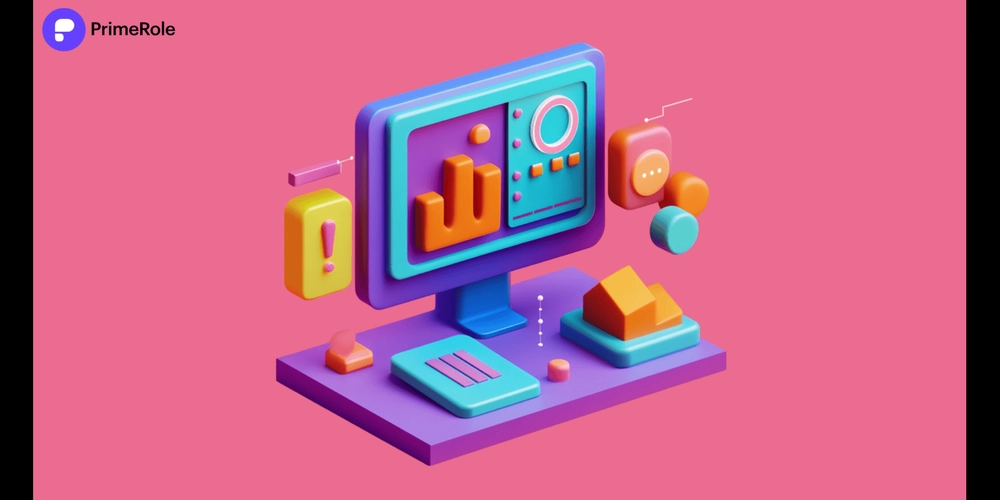
Introduction to Software Asset Management (SAM)
In today’s fast-paced digital landscape, software solutions have become indispensable for streamlining operations and enhancing productivity. However, inefficient software asset management can lead to compliance risks, increased costs, and operational inefficiencies. To mitigate these challenges, organizations implement Software Asset Management (SAM), a structured and strategic approach to managing, controlling, and optimizing software investments.
SAM ensures organizations maximize their software assets while adhering to licensing agreements, identifying potential risks, and managing costs effectively. By integrating SAM into their IT strategy, businesses can enhance efficiency, ensure compliance, and streamline software procurement, deployment, and usage.
Key Components of Software Asset Management
SAM is a comprehensive approach that strengthens business efficiency and security. Below are its core elements:
1. Software Inventory & Discovery
A well-maintained and updated inventory of software applications is essential for effective SAM. This process includes:
Discovery & Identification: Detecting all software assets, including on-premise, cloud-based, and shadow IT applications.
Cataloging Software Versions: Ensuring the organization is using the correct and latest software versions.
Eliminating Redundant Software: Identifying unused or duplicate software to optimize resources.
2. License Management & Compliance
Every software product comes with licensing agreements that dictate its use. Ensuring compliance prevents legal penalties and operational disruptions. This includes:
Tracking License Status: Monitoring active and inactive software licenses to avoid over-licensing or under-licensing.
Vendor Management: Keeping accurate records of licensing agreements to prevent fines and ensure timely renewals.
3. Cost Optimization & Budgeting
SAM helps organizations control software expenses by ensuring they only pay for what they use. This involves:
Monitoring Usage: Identifying underutilized software that can be discontinued.
Optimizing Subscriptions: Adjusting SaaS and cloud-based software subscriptions based on actual usage.
Negotiating Better Prices: Using software usage insights to secure better deals with vendors.
4. Vendor & Contract Management
Strong vendor relationships are crucial for securing favorable licensing agreements and support services. Effective vendor management includes:
Evaluating Vendor Performance: Assessing software vendors based on reliability, support quality, and pricing.
Contract Reviews: Understanding terms and conditions to maximize software investment value.
Tracking Renewal Deadlines: Preventing unnecessary expenses due to expired contracts.
5. Security & Risk Management
Unauthorized software installations and outdated applications pose significant security risks. SAM helps mitigate these threats by:
Implementing Patch Management: Keeping software updated with security patches.
Removing Unauthorized Software: Preventing employees from installing unapproved applications.
Ensuring Compliance with Data Protection Regulations: Adhering to standards such as GDPR, HIPAA, and ISO.
Incident Response Planning: Identifying potential risks and creating action plans to address them.
Benefits of Software Asset Management (SAM)
1. Cost Savings
SAM optimizes software expenses by:
Eliminating Redundancy: Preventing organizations from paying for unused software.
Optimizing Licensing: Ensuring licenses are allocated efficiently.
Securing Better Deals: Leveraging data insights to negotiate bulk purchases and flexible contracts.
2. Compliance & Audit Readiness
SAM helps organizations stay compliant by:
Tracking Licensing Agreements: Preventing violations that could lead to penalties.
Maintaining Proper Documentation: Ensuring all licenses are recorded, up-to-date, and easily accessible.
Minimizing Audit Risks: Providing accurate reports to avoid penalties and unexpected costs.
3. Improved Efficiency & Productivity
A well-implemented SAM strategy enhances efficiency by:
Automating Software Management: Reducing manual tracking efforts for IT teams.
Minimizing Downtime: Ensuring software is properly licensed and managed.
Enhancing Visibility: Providing insights into software usage for better resource allocation.
4. Strengthened Security
SAM enhances security by:
Eliminating Unauthorized Software: Preventing security vulnerabilities.
Managing Updates: Ensuring timely software patches and upgrades.
Reducing Cybersecurity Risks: Keeping business-critical data protected.
5. Better Vendor Relationships
Organizations benefit from improved vendor interactions through:
Data-Driven Negotiations: Leveraging software usage data to negotiate better contracts.
Enhanced Support & Service: Collaborating with vendors for tailored solutions.
Stronger Partnerships: Maintaining transparency for long-term business relationships.
How to Implement a Successful SAM Strategy
Implementing an effective SAM strategy requires a structured approach:
1. Define Clear Goals
Align SAM objectives with business priorities, such as:
Cost Reduction: Eliminating unnecessary software and optimizing licensing.
Compliance Assurance: Maintaining proper software licenses to avoid penalties.
Security Enhancement: Preventing unauthorized installations and vulnerabilities.
Operational Efficiency: Automating software tracking and management.
2. Conduct a Comprehensive Software Audit
A software audit helps organizations understand their current software landscape by:
Creating a Software Inventory: Documenting all installed applications.
Validating Licenses: Ensuring all software is legally purchased and compliant.
Identifying Redundant Software: Reducing costs by eliminating unused applications.
Reviewing Vendor Contracts: Understanding agreements to negotiate better terms.
3. Choose the Right SAM Tools
Automated SAM tools streamline processes by:
Tracking & Managing Licenses: Ensuring compliance and reducing risks.
Detecting Compliance Gaps: Preventing penalties for non-compliance.
Optimizing Software Usage: Ensuring organizations purchase only necessary licenses.
Popular SAM Tools:
Flexera: Advanced license tracking and cost optimization.
Snow Software: Comprehensive asset management.
Microsoft SAM: Designed for organizations using Microsoft products.
ServiceNow: Cloud-based ITSM platform with SAM capabilities.
4. Educate & Train Employees
Employee awareness is key to SAM success. Organizations should:
Define Software Usage Guidelines: Establish policies for installation and licensing.
Regularly Train Employees: Educate teams on compliance and security risks.
5. Continuously Monitor & Improve
SAM requires ongoing management. Organizations should:
Regularly Assess Software Usage: Identify underutilized software.
Conduct Periodic Audits: Ensure licensing compliance.
Refine SAM Strategies: Adapt to evolving business and technology needs.
The Future of Software Asset Management
Emerging technologies are reshaping SAM, including:
1. AI & Automation
AI-driven SAM tools enhance efficiency by:
Automating License Tracking: Reducing human errors.
Improving Compliance Monitoring: Identifying licensing risks in real-time.
2. Cloud Software Management
With the rise of SaaS, SAM must adapt to:
Track SaaS Subscriptions: Monitor renewals and compliance.
Optimize Cloud Spending: Reduce costs by eliminating unused applications.
Enable Multi-Cloud Management: Provide visibility across platforms like AWS and Azure.
3. Integration with IT Asset Management (ITAM)
SAM and ITAM integration provides a holistic view of IT assets, optimizing spending and service management.
4. Enhanced Security Compliance
Future SAM strategies will focus on:
Strengthening Software Security: Identifying vulnerable applications.
Automating Security Audits: Reducing compliance risks.
Optimize Your SAM Strategy with PrimeRole
PrimeRole integrates premium data providers with AI-powered insights to revolutionize software asset management.
Book a Demo today to discover how PrimeRole can enhance your SAM strategy.
Conclusion
Software Asset Management is no longer just about compliance; it’s a business-critical strategy for cost savings, security, and operational efficiency. By implementing an effective SAM strategy, organizations can maximize software investments, ensure compliance, and remain competitive in an evolving digital landscape.
Click here to read the full blog..!!






































































































































































![[The AI Show Episode 143]: ChatGPT Revenue Surge, New AGI Timelines, Amazon’s AI Agent, Claude for Education, Model Context Protocol & LLMs Pass the Turing Test](https://www.marketingaiinstitute.com/hubfs/ep%20143%20cover.png)


















































































































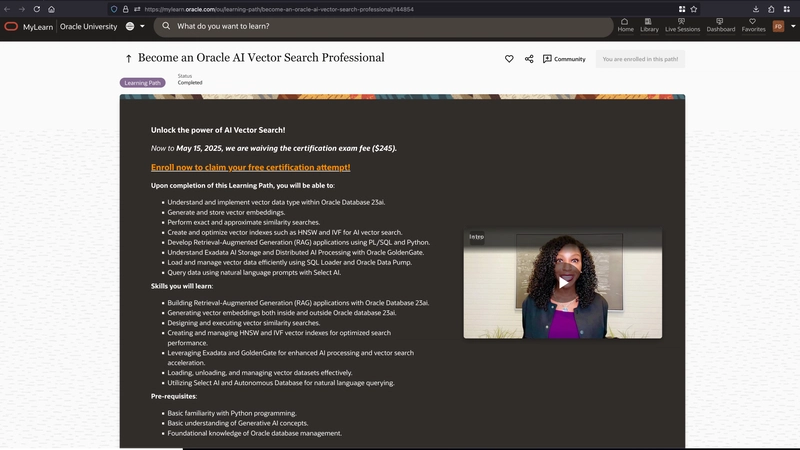

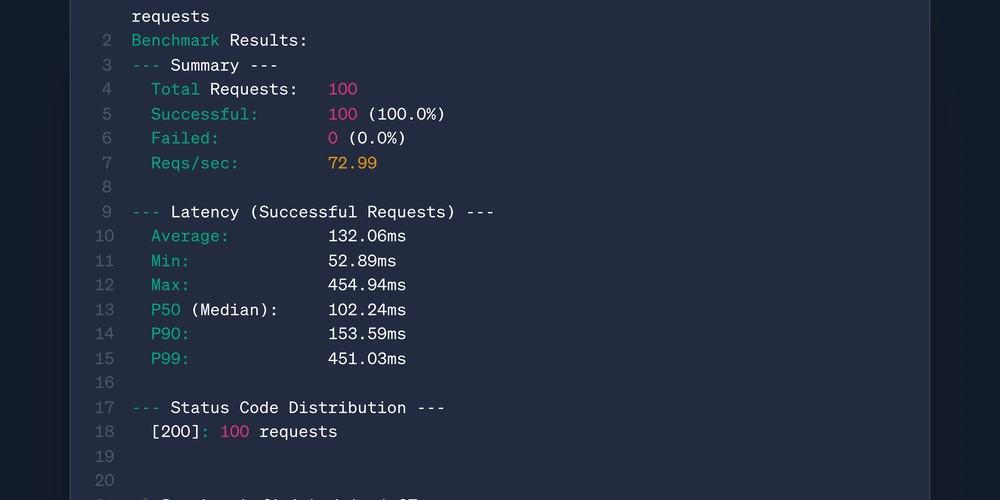












![From drop-out to software architect with Jason Lengstorf [Podcast #167]](https://cdn.hashnode.com/res/hashnode/image/upload/v1743796461357/f3d19cd7-e6f5-4d7c-8bfc-eb974bc8da68.png?#)

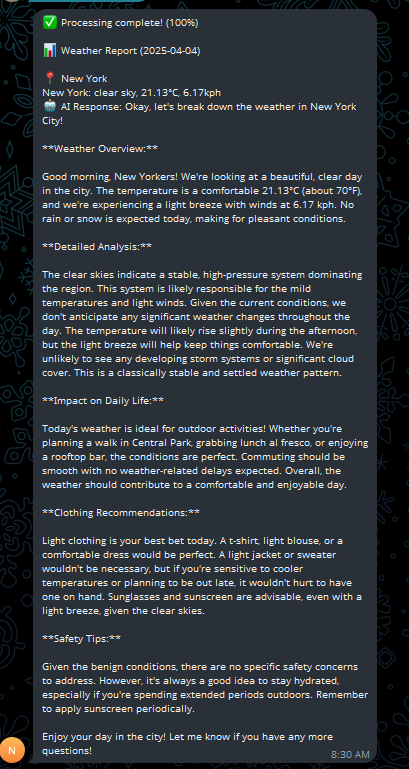













































.jpg?#)

























































































_ArtemisDiana_Alamy.jpg?#)



 (1).webp?#)










































































-xl.jpg)













![Yes, the Gemini icon is now bigger and brighter on Android [U]](https://i0.wp.com/9to5google.com/wp-content/uploads/sites/4/2025/02/Gemini-on-Galaxy-S25.jpg?resize=1200%2C628&quality=82&strip=all&ssl=1)









![Apple Vision Pro 2 Allegedly in Production Ahead of 2025 Launch [Rumor]](https://www.iclarified.com/images/news/96965/96965/96965-640.jpg)


![New iOS 19 Leak Allegedly Reveals Updated Icons, Floating Tab Bar, More [Video]](https://www.iclarified.com/images/news/96958/96958/96958-640.jpg)

















